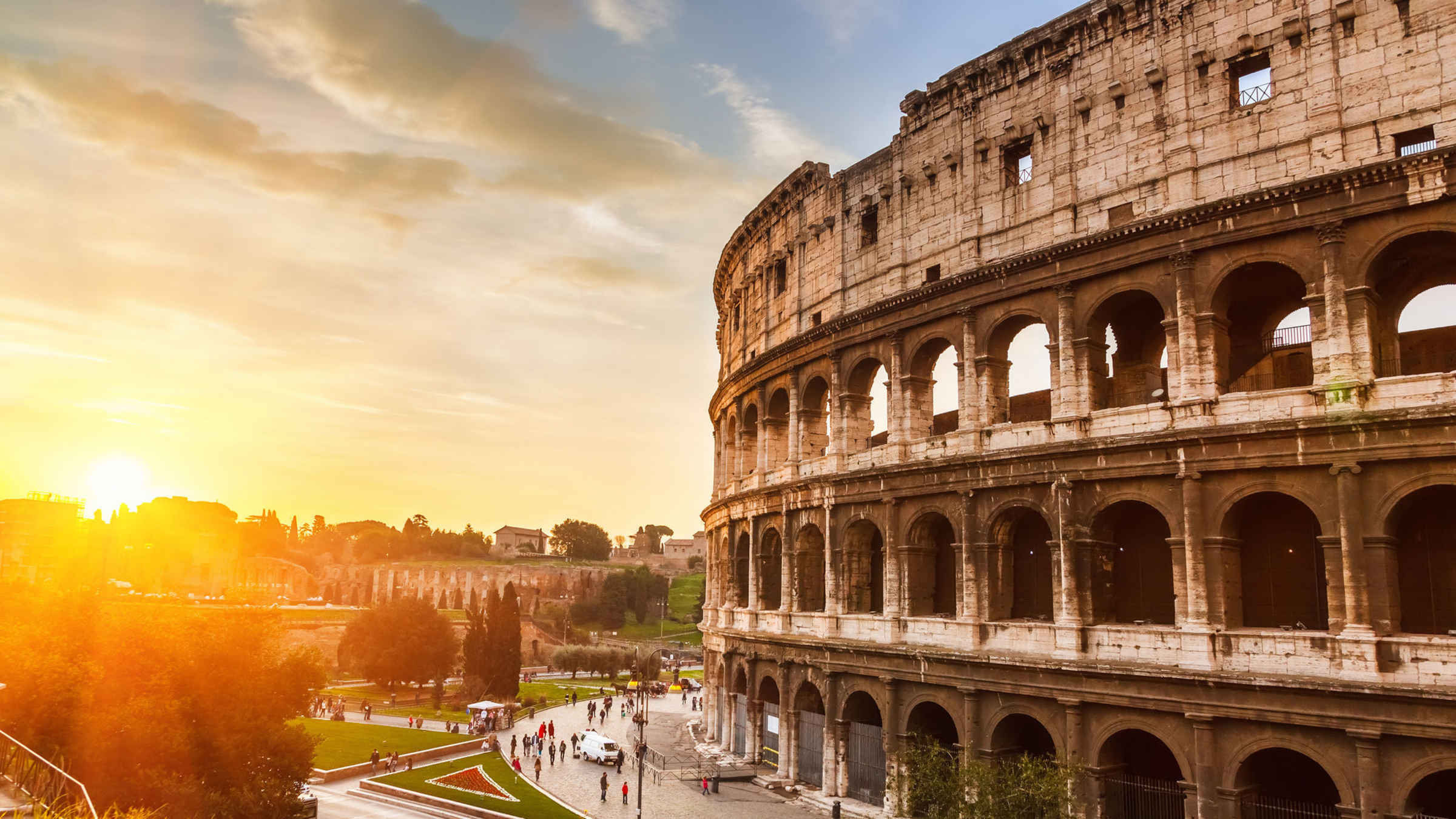Luxury Cabriolet Tour with Italian Gastronomic Delights
Overview
Embark on a unique and exciting way to explore the Eternal City on a private tour aboard a luxury convertible! Let yourself be transported through the historic streets of Rome in an elegant convertible, adding a touch of exclusivity and style to your experience. Discover the hidden treasures and symbolic places of Rome in an unforgettable way. Enjoy the delights of Italian cuisine with a tasting of two local delicacies. Let yourself be guided to discover authentic flavors as you walk the streets of the Eternal City. To make the atmosphere even more fascinating and memorable, accompany your trip with a selection of music designed for every moment. This soundtrack will add a touch of magic and vitality to your tour, turning the experience into an unforgettable memory!
What's Included
- Snacks Included in the tour is a tasting of authentic Roman food, with supplì and maritozzo, in places hidden from tourists. A unique experience to discover the real local cuisine!
- Private transportation
- Carbonated beverages Soda/Pop
- Gratuities
Meeting Location
Piazza della Repubblica
00185 Roma RM, Italy
Detailed check-in instructions, including the exact address, are provided with your booking confirmation.
This activity ends back at the meeting point.
What To Expect
Porta Pia (Pass By)
Aurelian Walls (Pass By)
Villa Borghese (Pass By)
Via Veneto (Pass By)
Fontana dell'acqua Felice (Pass By)
Basilica di Santa Maria degli Angeli e dei Martiri (Pass By)
Museo Nazionale Romano, Terme di Diocleziano (Pass By)
Santa Maria Maggiore (Pass By)
Colosseum (Pass By)
Palatine Hill (Pass By)
Circo Massimo (Pass By)
Aventine (Pass By)
Testaccio (Pass By)
Il Maritozzaro
15 minutes • Admission Ticket Included
Monteverde (Pass By)
Colle del Gianicolo (Pass By)
Fontana dell'Acqua Paola
10 minutes • Admission Ticket Included
Via Nicolo Picccolomini (Pass By)
Villino Cirino Silveri (Pass By)
Trapizzino | Testaccio
10 minutes • Admission Ticket Included
Piramide Cestia (Pass By)
Porta San Paolo (Pass By)
Terme di Caracalla (Pass By)
Rione Monti (Pass By)
Additional Info
- Confirmation is instant and will be received at time of booking
- Service animals allowed
- Public transportation options are available nearby
- Suitable for all physical fitness levels
- Infants and small children can ride in a pram or stroller
- Specialized infant seats are available
Frequently Asked Questions
(6)Q: What is the cancellation policy for the Luxury Cabriolet Tour with Italian Gastronomic Delights?
Cancellation Policy
Still have questions?
We're here to help.
Activity code: C-483734P1
Additional Info
Similar Tours & Activities

Rome Jewish Ghetto and Campo de' Fiori Guided Food and Wine Tour
$106.52

Roman Countryside Walk: Catacombs, Aqueducts and Appian Way
$89.77

Private Tour of the Medieval Village and Farfa Abbey
$478.73

Skip-the-Line Vatican and Sistine Chapel Tour with Private Guide
$424.87
Travelers Who Bought This Tour Also Bought

Early Vatican Museums Tour: The Best of the Sistine Chapel
$106.52

Skip the Line: Vatican Museum, Sistine Chapel + Optional Basilica
$66.19

Pasta Cooking Class in Rome - Fettuccine Class in Piazza Navona
$62.24

Best of Rome Walking Tour including Trevi Fountain
$4.06









